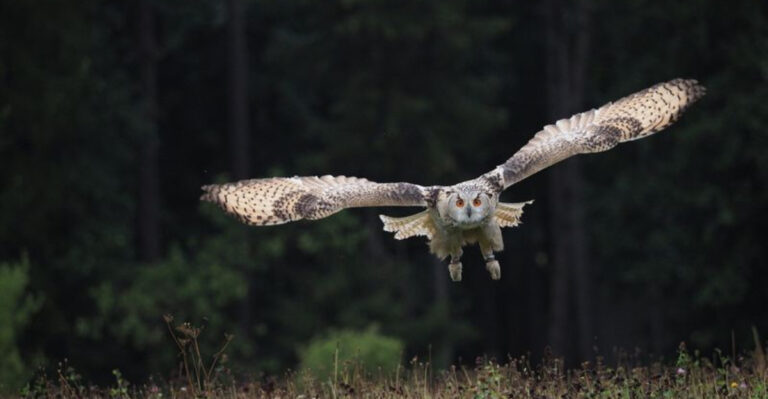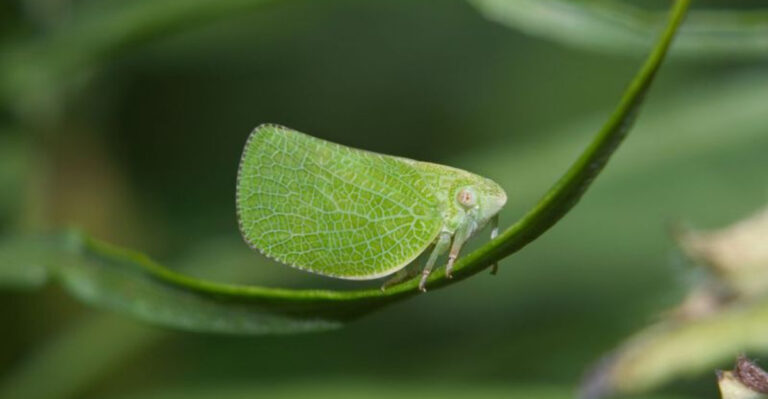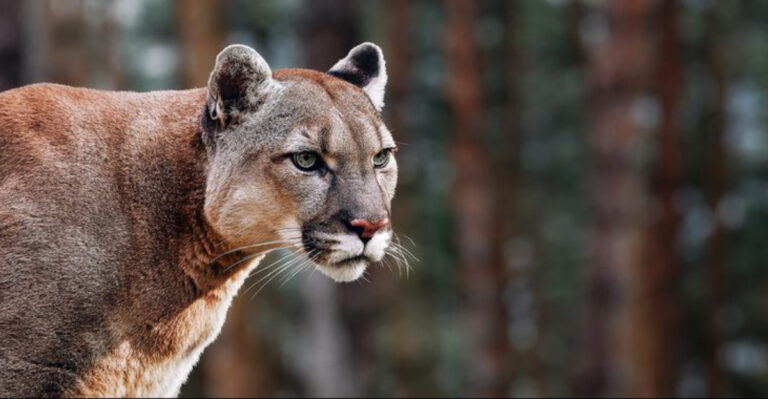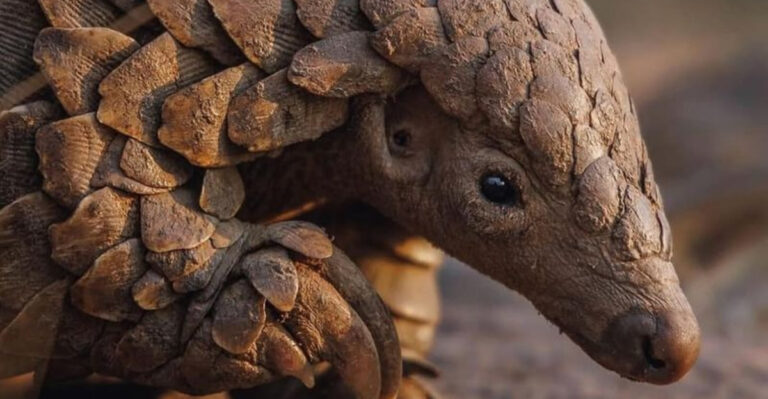Experts Can’t Believe They’ve Spotted The Elusive ‘Ghost’ Bird After A Century

The night parrot is one of Australia’s most mysterious birds, vanishing from sight for nearly a century. Scientists believed this nocturnal, ground-dwelling bird was extinct until an astonishing rediscovery shook the wildlife world.
The parrot’s reappearance after so many decades has sparked new hope for conservationists and bird enthusiasts worldwide.
1. The Mysterious ‘Ghost’ Bird: A Century-Long Search Comes To An End
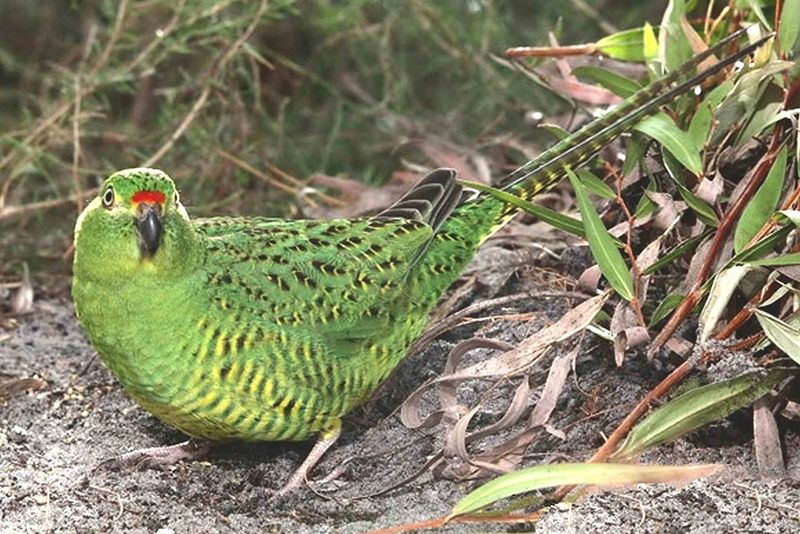
The night parrot disappeared from scientific records in 1912, leading many to believe it had gone extinct. Harsh desert conditions and the bird’s secretive nocturnal habits made detection nearly impossible.
Extensive habitat destruction and introduced predators like cats and foxes pushed this already rare species to the brink.
2. Rediscovering The ‘Ghost’ Bird: A Rare Sight After 100 Years
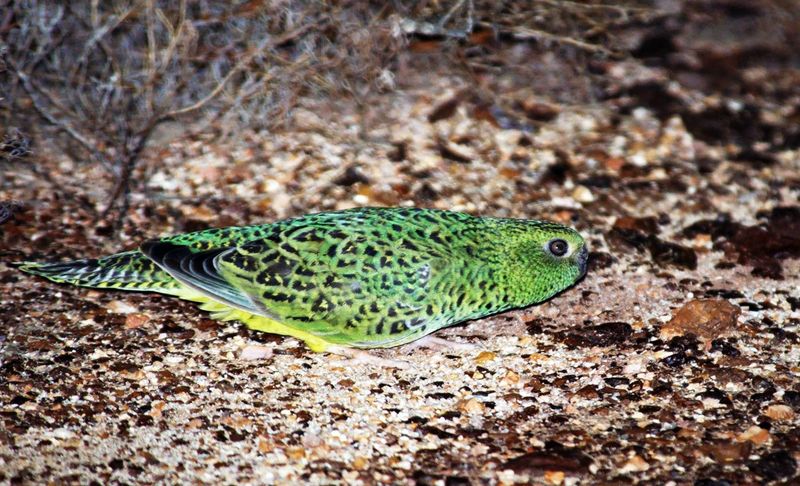
Wildlife photographer John Young captured the first confirmed photos in 2013 after dedicating 15 years to the search. His breakthrough came in western Queensland, where he spent thousands of hours patiently waiting in remote bushland.
Young’s discovery electrified the conservation world and validated decades of unconfirmed sightings.
3. How Experts Finally Spotted The Elusive ‘Ghost’ Bird After Decades Of Searching
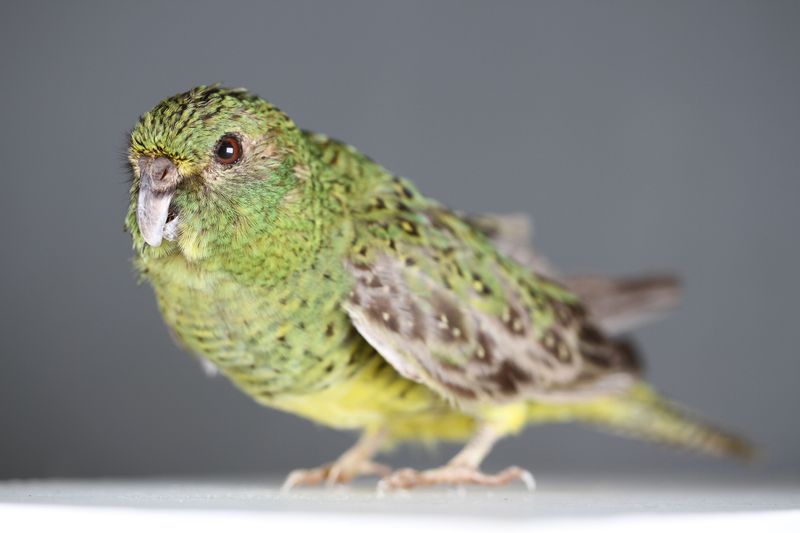
Sound recordings proved crucial in the rediscovery. Researchers identified the parrot’s distinctive two-note whistle, setting up audio stations throughout potential habitats.
Modern technology like infrared cameras and audio analysis software helped scientists distinguish night parrot calls from other nocturnal birds, finally pinpointing their location after generations of failed searches.
4. The Stunning Moment Experts Found The ‘Ghost’ Bird Again
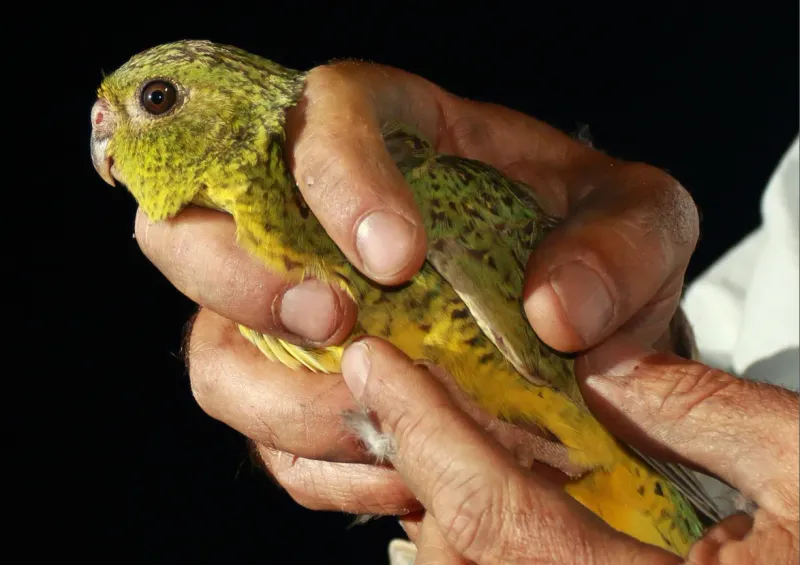
Young’s heart nearly stopped when he first glimpsed the distinctive yellow-green plumage through his camera lens. “I knew straight away what it was… my hands were shaking so much I could barely focus,” he later recounted.
The confirmation came after photographing a bird leaving its nesting area in spinifex grass.
5. What Makes The ‘Ghost’ Bird So Elusive And Hard To Find?
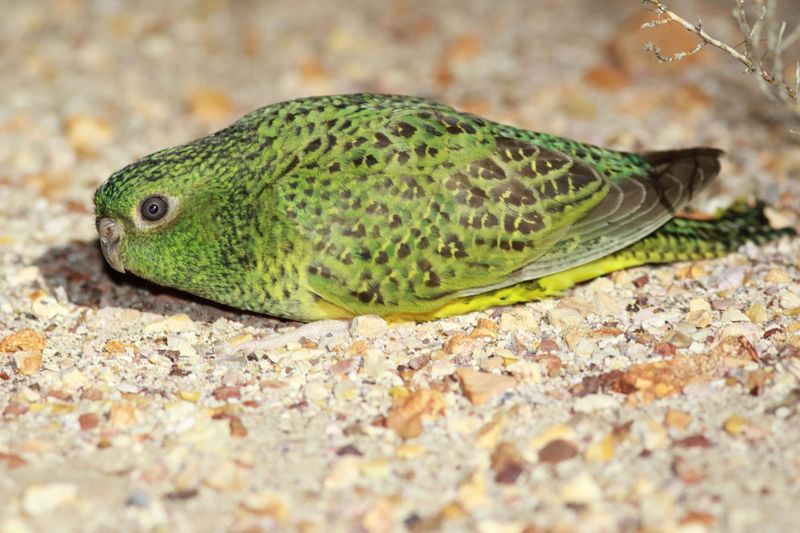
Night parrots are masters of camouflage, with their mottled green and yellow feathers blending perfectly into spinifex grasses. They’re strictly nocturnal, remaining hidden in dense vegetation during daylight hours when most bird surveys occur.
Unlike most parrots, they rarely fly, preferring to scurry through grass like mice.
6. A Rare And Unexpected Discovery: The Return Of The ‘Ghost’ Bird
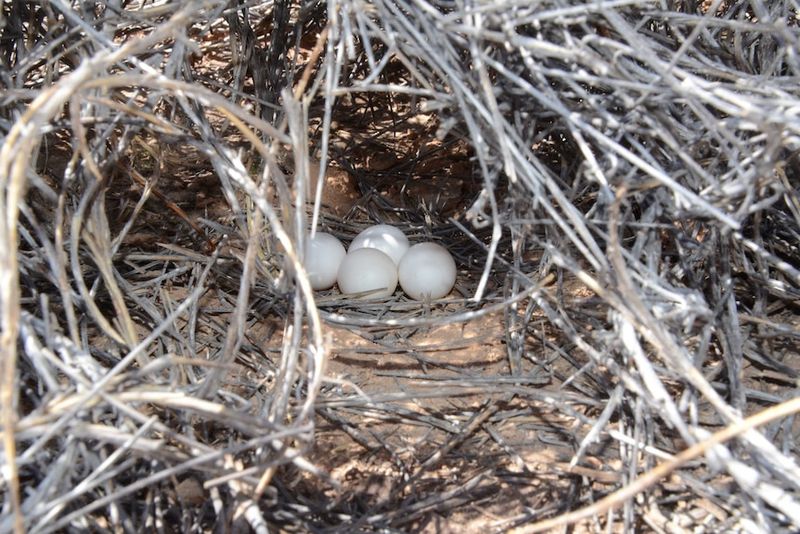
Most ornithologists had given up hope of finding living night parrots. The rediscovery challenged a fundamental assumption in extinction science: that a species unseen for decades must be gone forever.
Some experts had dismissed reported sightings as cases of mistaken identity, making the confirmed photos all the more stunning.
7. The History Behind The ‘Ghost’ Bird And Why It Was Thought To Be Extinct
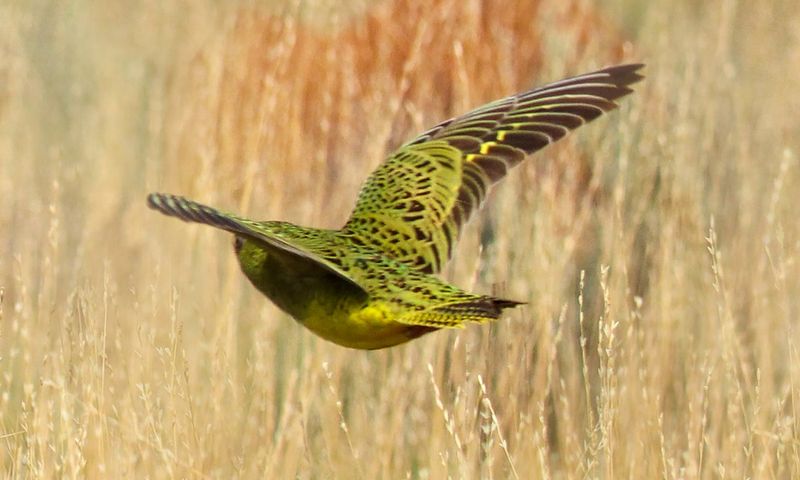
European settlement devastated night parrot populations through habitat conversion and introduced predators. The last confirmed specimen before rediscovery was a dead female found in 1912 in Western Australia.
Aboriginal knowledge always maintained the bird’s existence, with traditional stories describing the “moonlight parrot” long after science declared it gone.
8. Scientists React To The Remarkable Rediscovery Of The ‘Ghost’ Bird
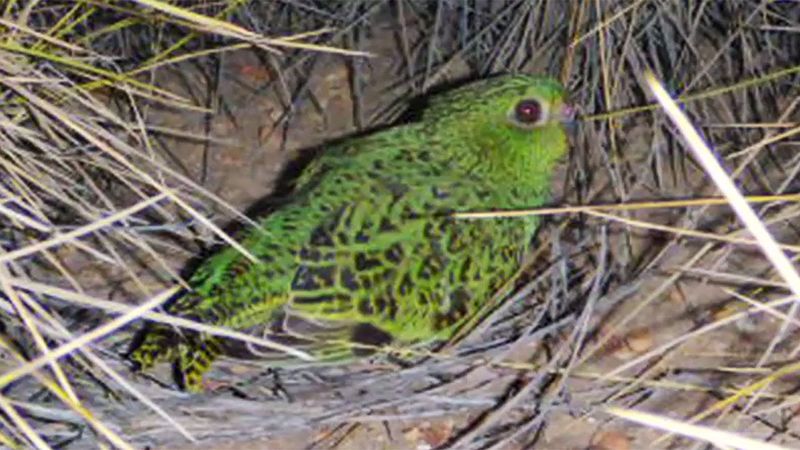
“It’s like finding a dinosaur alive today,” exclaimed Dr. Steve Murphy, who led follow-up research. The scientific community initially approached Young’s claims with skepticism, demanding rigorous verification.
After DNA analysis confirmed the species, conservation biologists worldwide celebrated what many call the “bird discovery of the century.”
9. What This Rediscovery Means For Conservation Efforts And Future Research
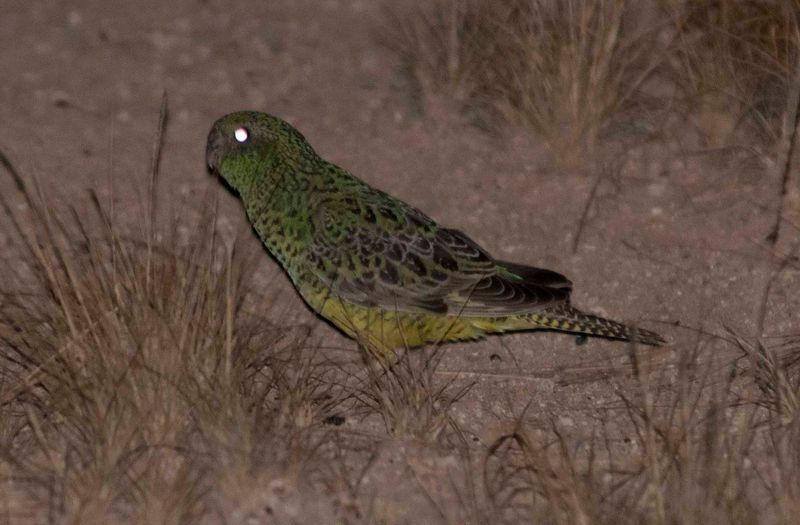
The night parrot’s return triggered immediate protection measures, including a 56,000-hectare reserve established by Bush Heritage Australia. Researchers now study breeding habits, population size, and dietary needs—basic information that was completely unknown before.
Their findings reshape conservation strategies for other presumed-extinct species worldwide.
10. Tracking The ‘Ghost’ Bird: How Experts Managed To Capture This Rare Sight
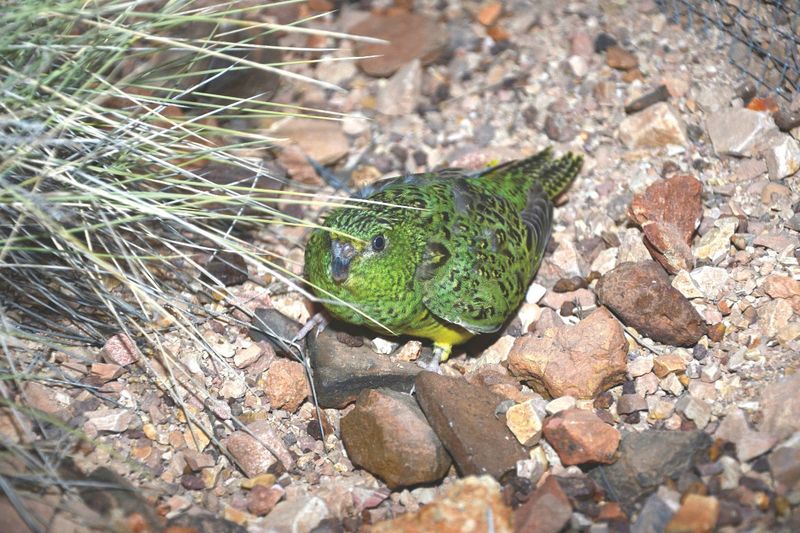
Tiny GPS trackers weighing less than a paperclip revealed the night parrot’s movements for the first time. Researchers discovered the birds travel up to 40 kilometers in a single night, far more than expected.
Special low-light camera traps, triggered by movement, captured feeding behavior never before documented in scientific literature.
11. What’s Next For The ‘Ghost’ Bird: Will The Species Be Protected And Preserved?
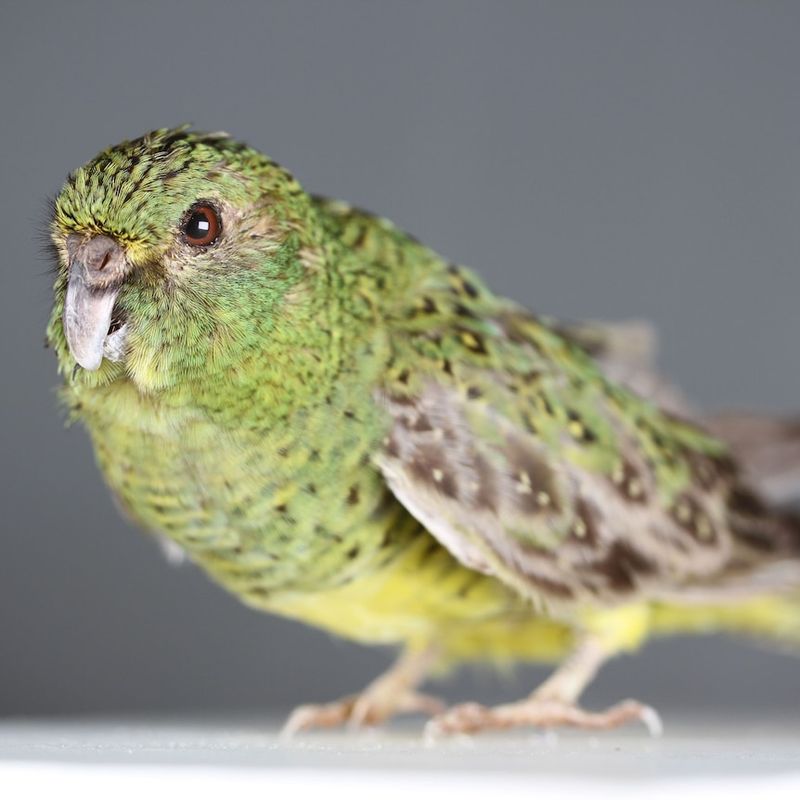
Conservationists now face the delicate balance of studying the birds while keeping their exact locations secret from potential poachers. Feral cat control programs form the cornerstone of protection efforts, as these predators remain the biggest threat.
Scientists estimate fewer than 250 night parrots survive, making each individual crucial for species recovery.


